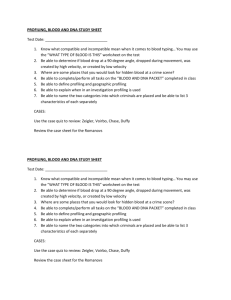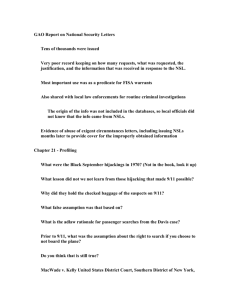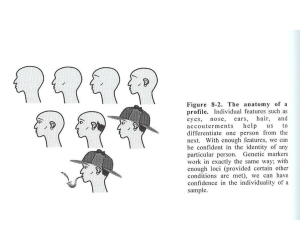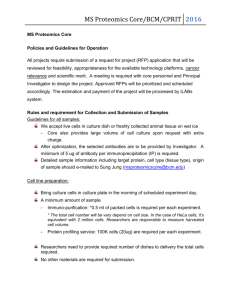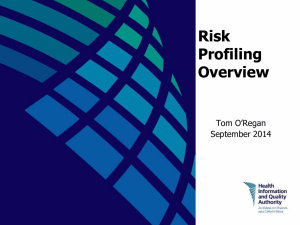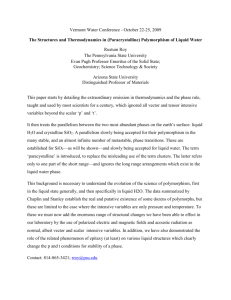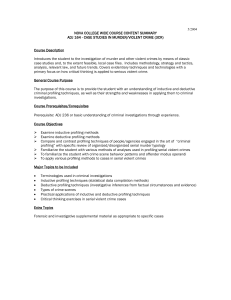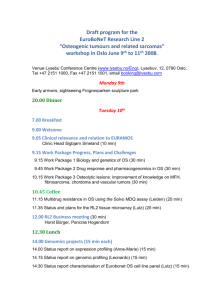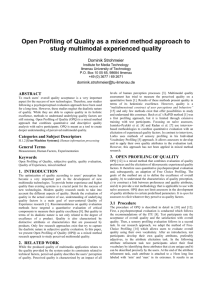BIO 150 Study Guide
advertisement
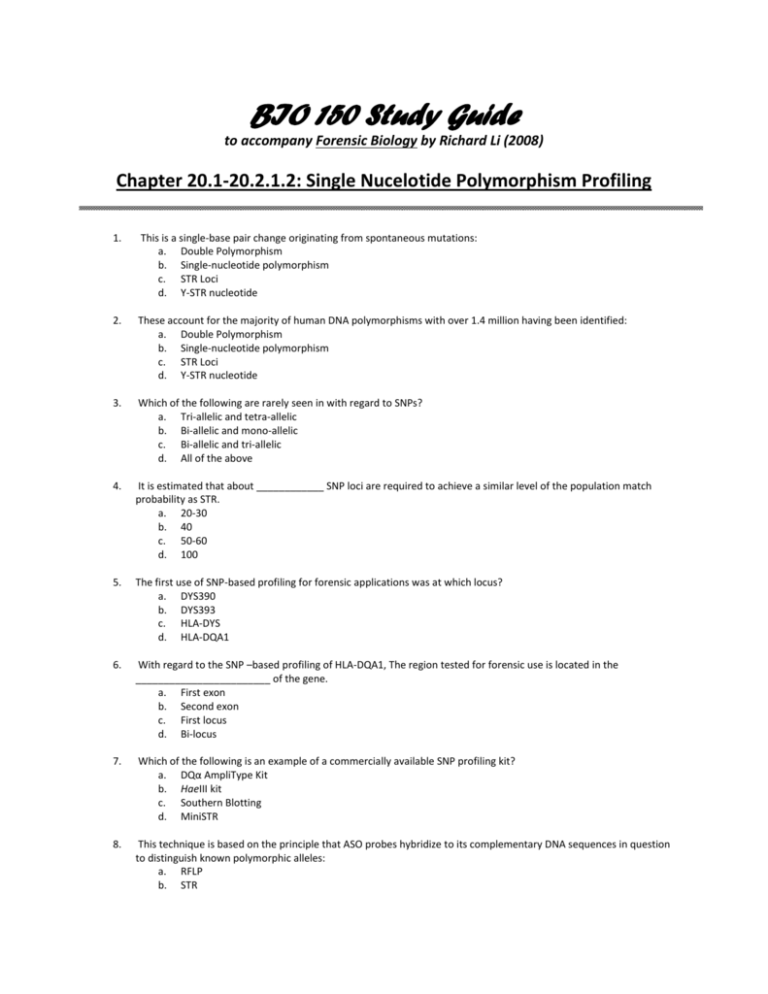
BIO 150 Study Guide to accompany Forensic Biology by Richard Li (2008) Chapter 20.1-20.2.1.2: Single Nucelotide Polymorphism Profiling 1. This is a single-base pair change originating from spontaneous mutations: a. Double Polymorphism b. Single-nucleotide polymorphism c. STR Loci d. Y-STR nucleotide 2. These account for the majority of human DNA polymorphisms with over 1.4 million having been identified: a. Double Polymorphism b. Single-nucleotide polymorphism c. STR Loci d. Y-STR nucleotide 3. Which of the following are rarely seen in with regard to SNPs? a. Tri-allelic and tetra-allelic b. Bi-allelic and mono-allelic c. Bi-allelic and tri-allelic d. All of the above 4. It is estimated that about ____________ SNP loci are required to achieve a similar level of the population match probability as STR. a. 20-30 b. 40 c. 50-60 d. 100 5. The first use of SNP-based profiling for forensic applications was at which locus? a. DYS390 b. DYS393 c. HLA-DYS d. HLA-DQA1 6. With regard to the SNP –based profiling of HLA-DQA1, The region tested for forensic use is located in the ________________________ of the gene. a. First exon b. Second exon c. First locus d. Bi-locus 7. Which of the following is an example of a commercially available SNP profiling kit? a. DQα AmpliType Kit b. HaeIII kit c. Southern Blotting d. MiniSTR 8. This technique is based on the principle that ASO probes hybridize to its complementary DNA sequences in question to distinguish known polymorphic alleles: a. RFLP b. STR c. d. 9. Allele-specific oligonucleotide AmpliType This technique can reveal physical characteristics such as hair or eye color: a. Phenotyping b. STR profiling c. VNTR profiling d. RFLP profiling

